
When Emily Ratajkowski was around the age that her son, Sylvester (“Sly”), is now, she regularly found herself under the care of her father, the multidisciplinary artist John David Ratajkowski. While her mother, the English professor and writer Kathleen Balgley, pored over her work, Emily passed hours on the floor of her dad’s studio—steps from her childhood bedroom and attached to the family’s quaint San Diego home by translucent double doors—as he labored over his paintings and bronze sculptures. Today in New York, the actor and entrepreneur makes collages in her own time, a pursuit born from being a student in her father’s art class—which, for any other high schooler, would have been a nightmare. Between the coasts, the pair remain each other’s critic and confidante, sending their thoughts on one another’s work in place of texting pleasantries. On the eve of Sly’s second birthday, the father and daughter take an opportunity to reflect on the art of parenting, Emily’s foray into the art world, and how art became inseparable from their family life.
Emily Ratajkowski: I remember going dumpster diving with you as a child. We’d get bones, paper towels, and then you’d paper mache them. You made masks for me.
John David Ratajkowski: And musical instruments! And Christmas ornaments. I still have so many of the ones you made from painting scraps of my wood. Some people recently came into my studio and asked me when I made them. “No,” I said, “my 5-year-old did that.” Our house in San Diego was a very small one; we lived very close together. The studio took up about half of it, and that was where you played. I took away the toxic paints, of course. When we ended up with another little place in Southwest Ireland, where I was represented by a gallery, that house became a playground for you, too.
Emily: And Mallorca, [Spain].
John: Yes, Mallorca, where my friend and I rebuilt an old ruin.
Emily: These three houses are all part of your practice. You built our San Diego home, and you worked on the Ireland one, which was pretty beat-up. I remember summers in Spain helping you restore that place, too. You learned a local rock-building technique to make the patio.
John: There are some great photographs of 7-year-old Emily mixing cement. I always thought of those houses as big sculptures. There was always a connection between art and living space. You played a huge part in that.
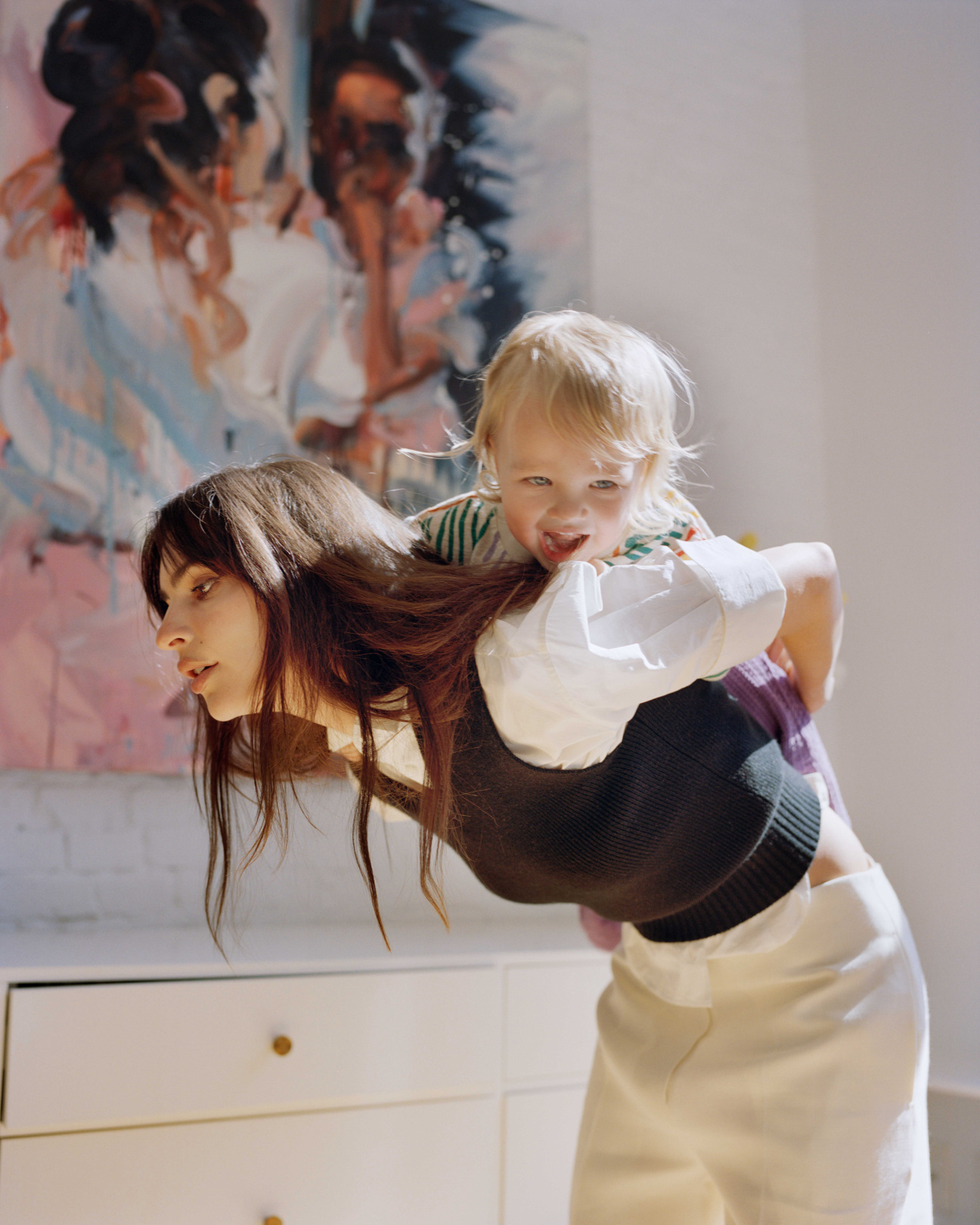

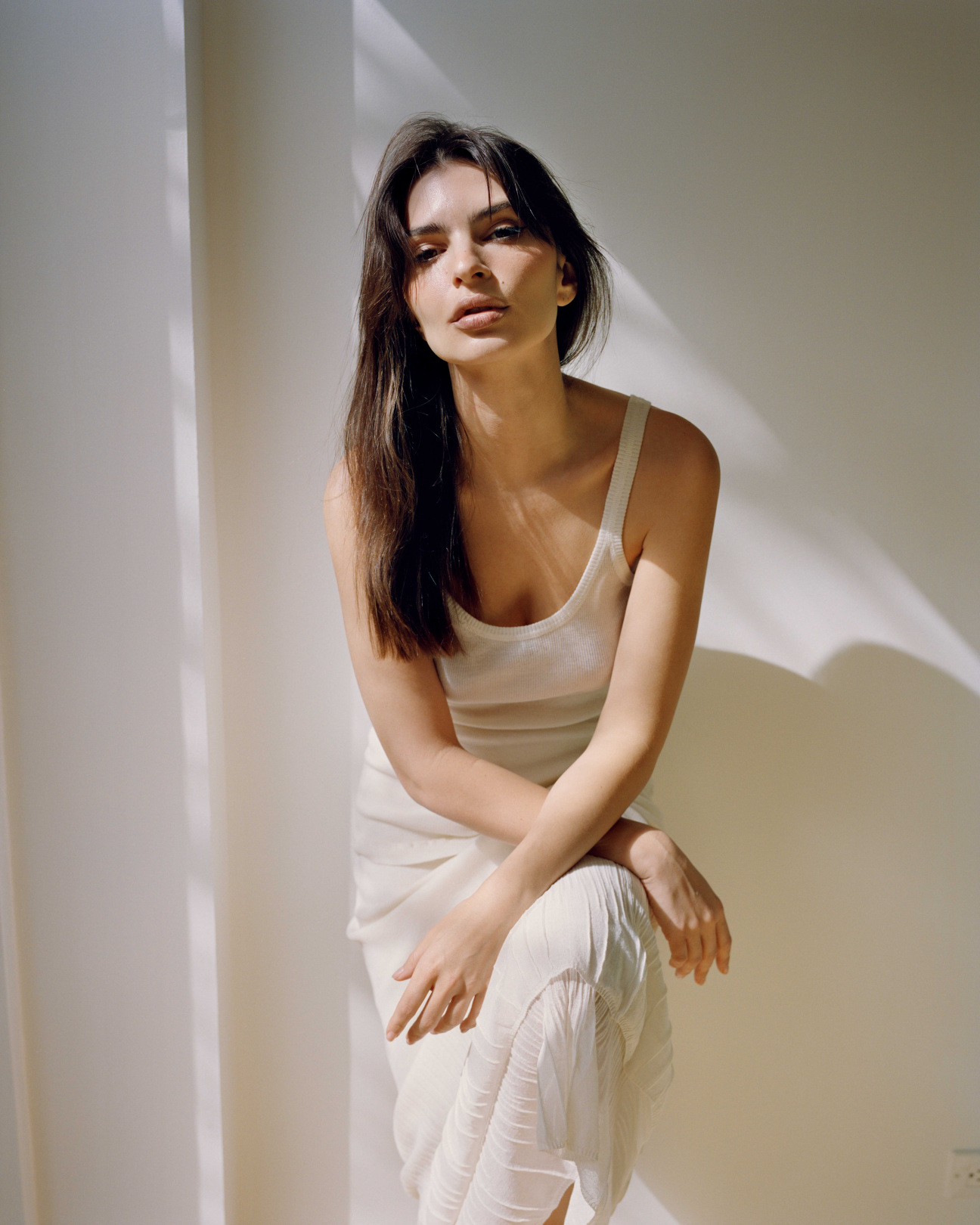
Emily: Even when I was 5, you’d come to me with one of your large works in progress and say, “What do you think about this one?” Or, “I’m trying to figure out this color problem. Does this orange work here?” It was the same with the houses. Building and making is your way of being close to the people you love.
John: There is an artistic trust in those types of conversations. I’m not too precious about things like that.
Emily: But you like what you like.
John: Yeah, I do. Maybe it’s a question of boredom, but my art moves around a lot. I’ll do these almost photorealistic portraits, and then I’ll snap back into Abstract Expressionism.
Emily: And mediums: You do bronze; you’ve done ceramics. Honestly, you’ve done everything.
John: I don’t like being stuck—I never have. That’s kept me in the art world all these years. So it was an obvious step, to me, when you moved into acting. I mean, your mother is a writer, and I’m a visual artist. I knew whatever you did was going to be art-related. It’s just who we are.
Emily: I was jumping around back then, too. At one point, I was going to go to Sarah Lawrence for writing, then I went to UCLA for art—and at the same time, I was acting. I was all over the place. Fortunately, you were and are so good at encouraging and nurturing creative impulses. So much of making art or having opinions about art—even having taste—requires risk. You have to put yourself out there. I was just at the Academy Awards, and I saw one of your former students, Jonathan Wang, right after he got his Oscar for Everything Everywhere All at Once. His fucking Oscar. He told me you were the reason he became an artist.
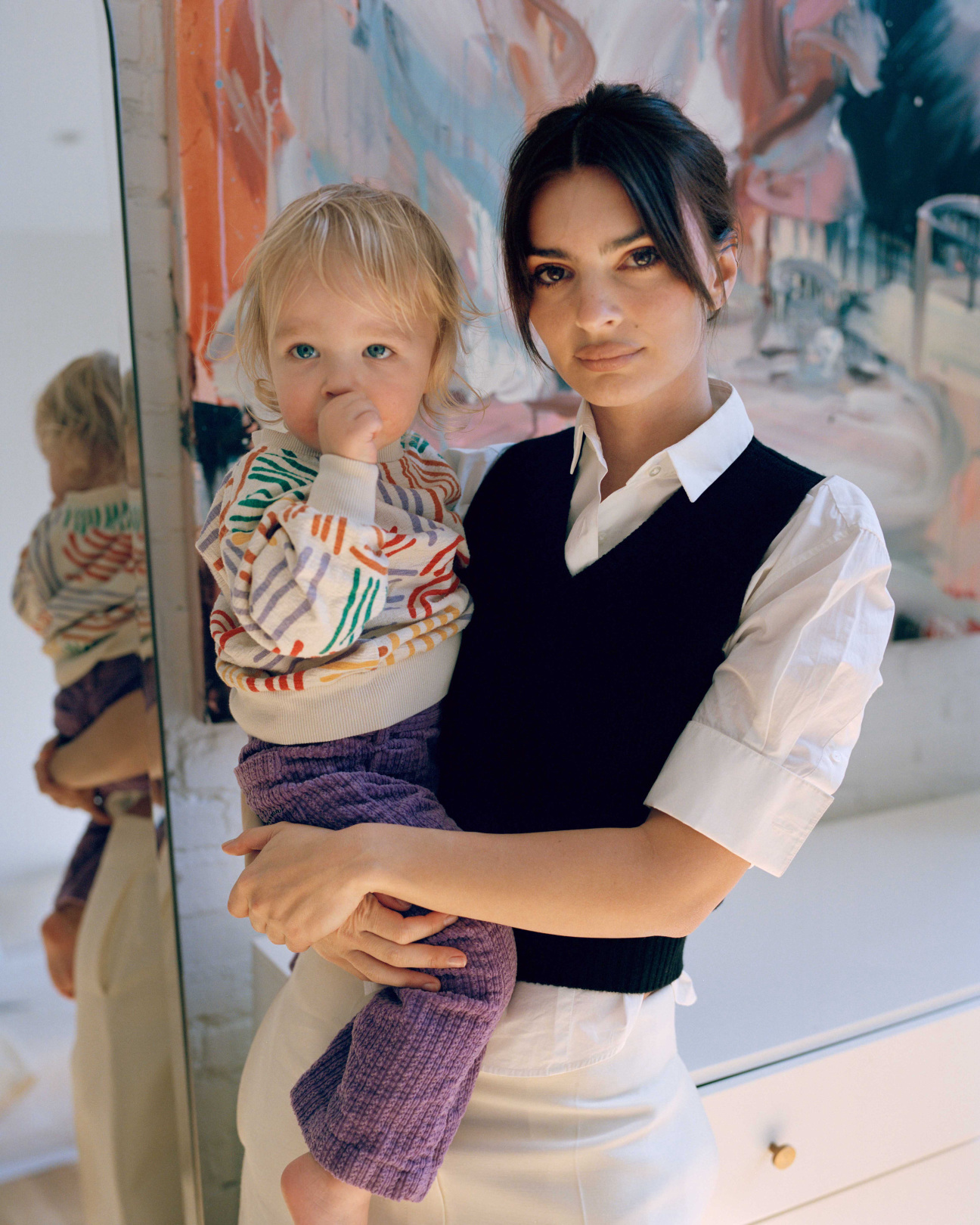
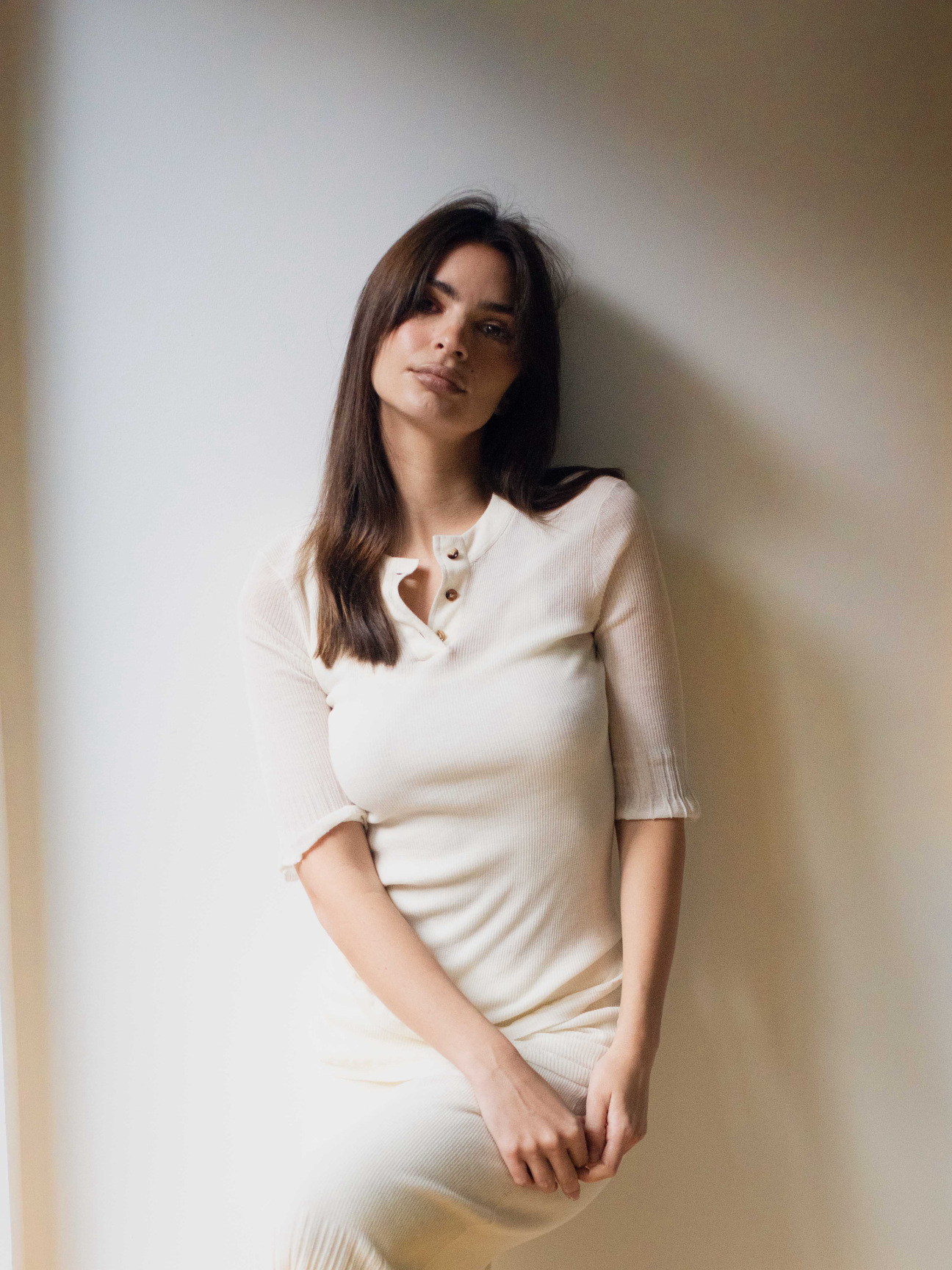
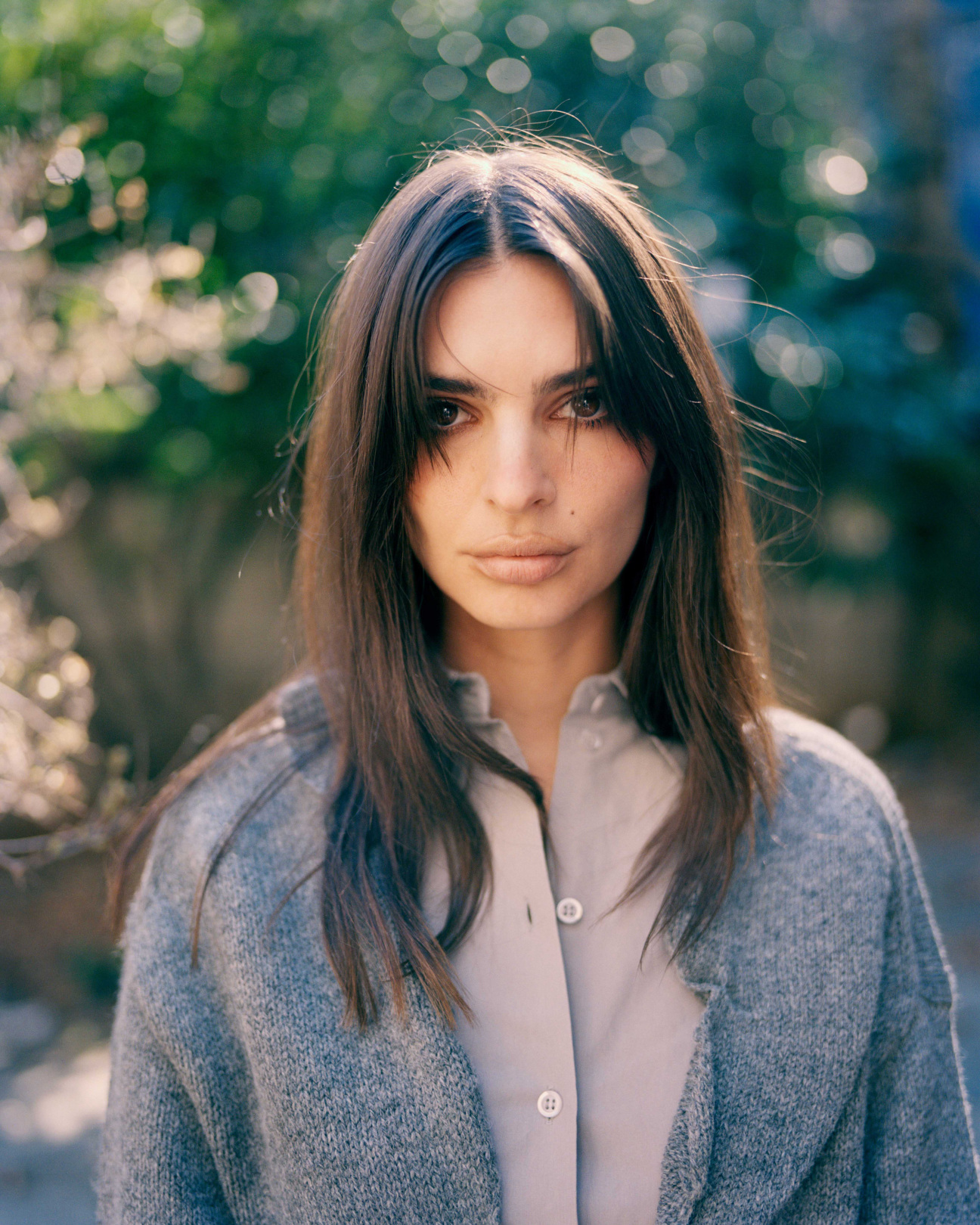
John: The first day I met that kid, I thought, He’s gonna be just fine. If you take somebody who knows who they are and put them out in the world, they’ll do great things. My feeling about life, in general, is to make things first and talk about them later, you know? Raising you, I wanted to put everything out there—ideas, materials, questions—and leave you alone with it. You always found your way through your art and your career. Afterward, I’d tell you what I thought was good and what you could do better.
Emily: We had a very atypical family structure. You both had your lives, and I kind of came into that. I like that neither of you ever stopped. It made me good at having adult conversations from the time I was young.
John: Your vocabulary was always something that worried me a little bit because you could sit down and talk with a 40-year-old when you were just 6. I’d say to myself, Don’t make her think; just let her be. Now, watching you as a mother, I think you have the same connection with Sly. A lot of parents can’t do that. They direct their child’s life when parenting should be more like painting: Give them the tools and see what comes out of it. Then, talk with them about it later.
Emily: I agree. I’m rusty now, but at one point, I was a decent drawer. I remember you telling me back then that drawing was all about seeing. You always told me, “Don’t think about what it’s supposed to look like. Pay attention to the lines and the shapes and the proportions.”
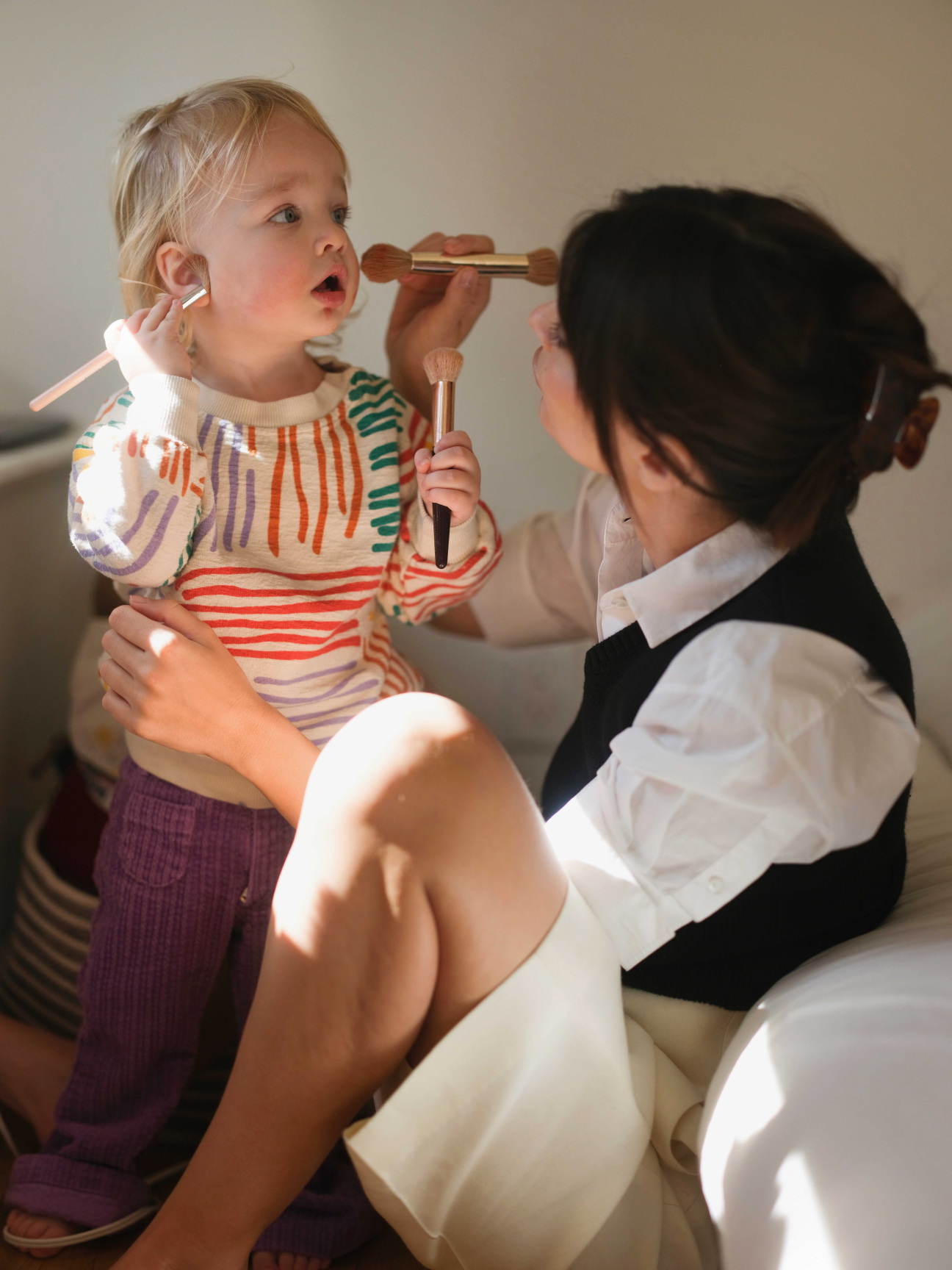
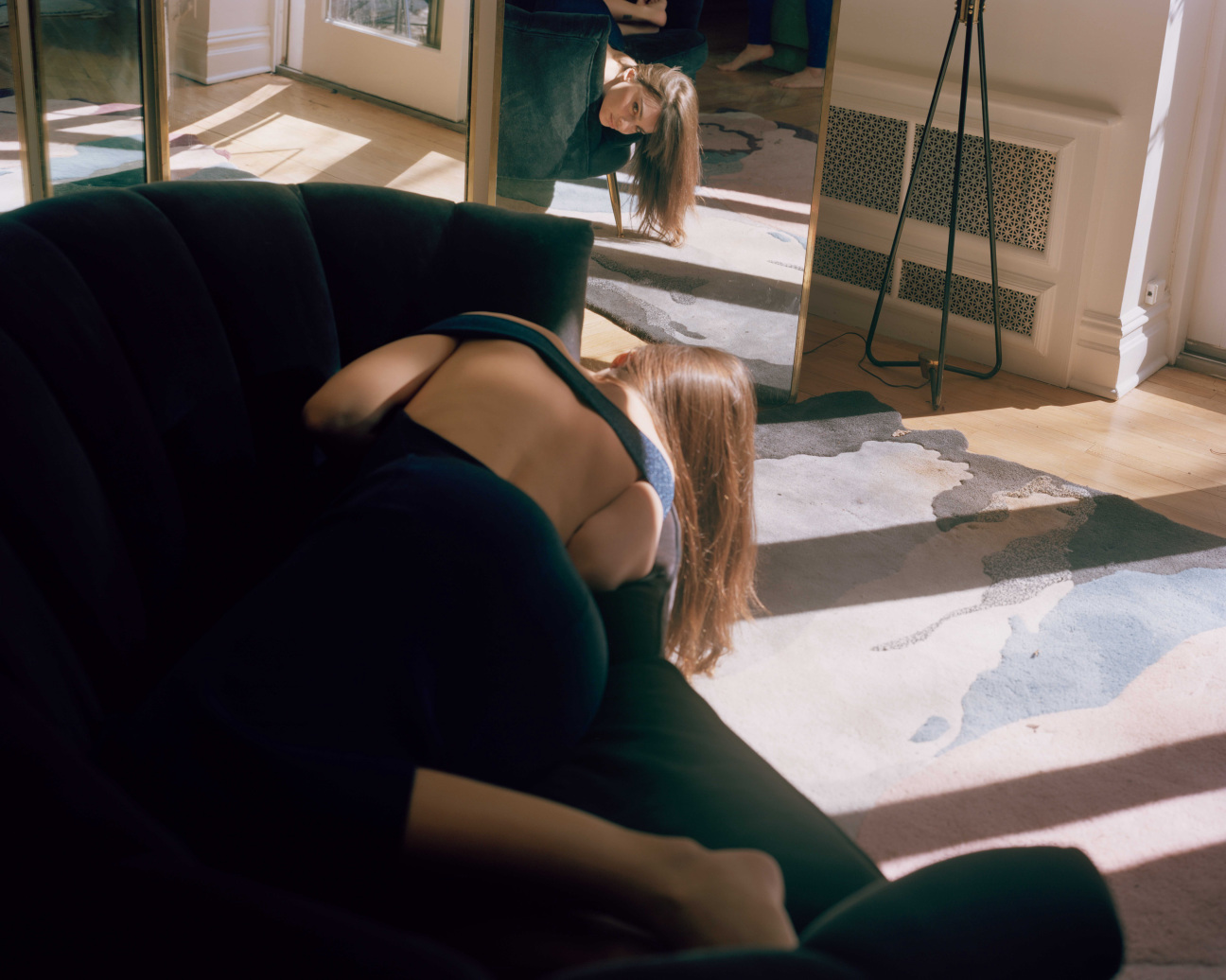

John: You move as fast as you can, but time moves faster than you. There was a point in my life when I realized that you had become the teacher—that you knew more than me and could show me a lot. Because of that, I was able to move into this century a lot more smoothly than I would have just sitting in my studio. The art world has become very different compared to what I was used to.
Emily: I’ve been interested in the whole muse-artist dynamic in the age of the Internet for a while. What is the value of anything anymore? When I wrote my essay [“Buying Myself Back” for New York magazine], I was thinking about ownership because of the market around the commodity that I had [become] as a model. My body—my image—had been a huge part of how I built my living, but I realized that I was not getting the biggest cut of it. There was a photograph that was taken of me [for Sports Illustrated] that I put on the Internet, and then it was taken and remade by someone else into a physical thing, [a painting by Richard Prince]. Returning it to the Internet as an NFT [Buying Myself Back: A Model for Redistribution] and owning that value was my idea.
John: The world is moving so fast that I’m not sure what ownership means today. Like you said, it’s really complicated.
Emily: The question of ownership—in art, in life—is tricky for me. I don’t like the idea of limiting ownership over beauty, but in a capitalist world, there’s so much value assigned to these ideas.
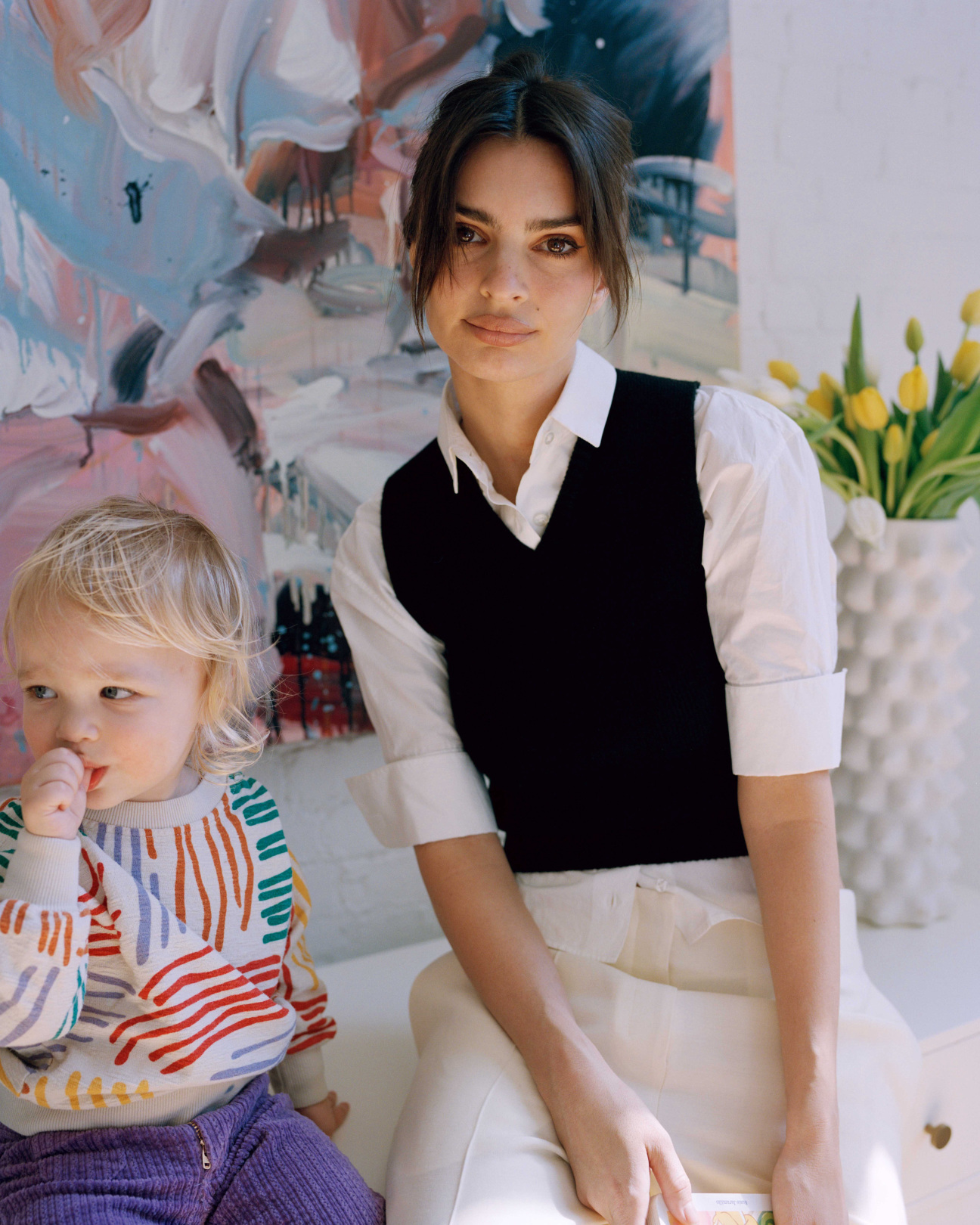

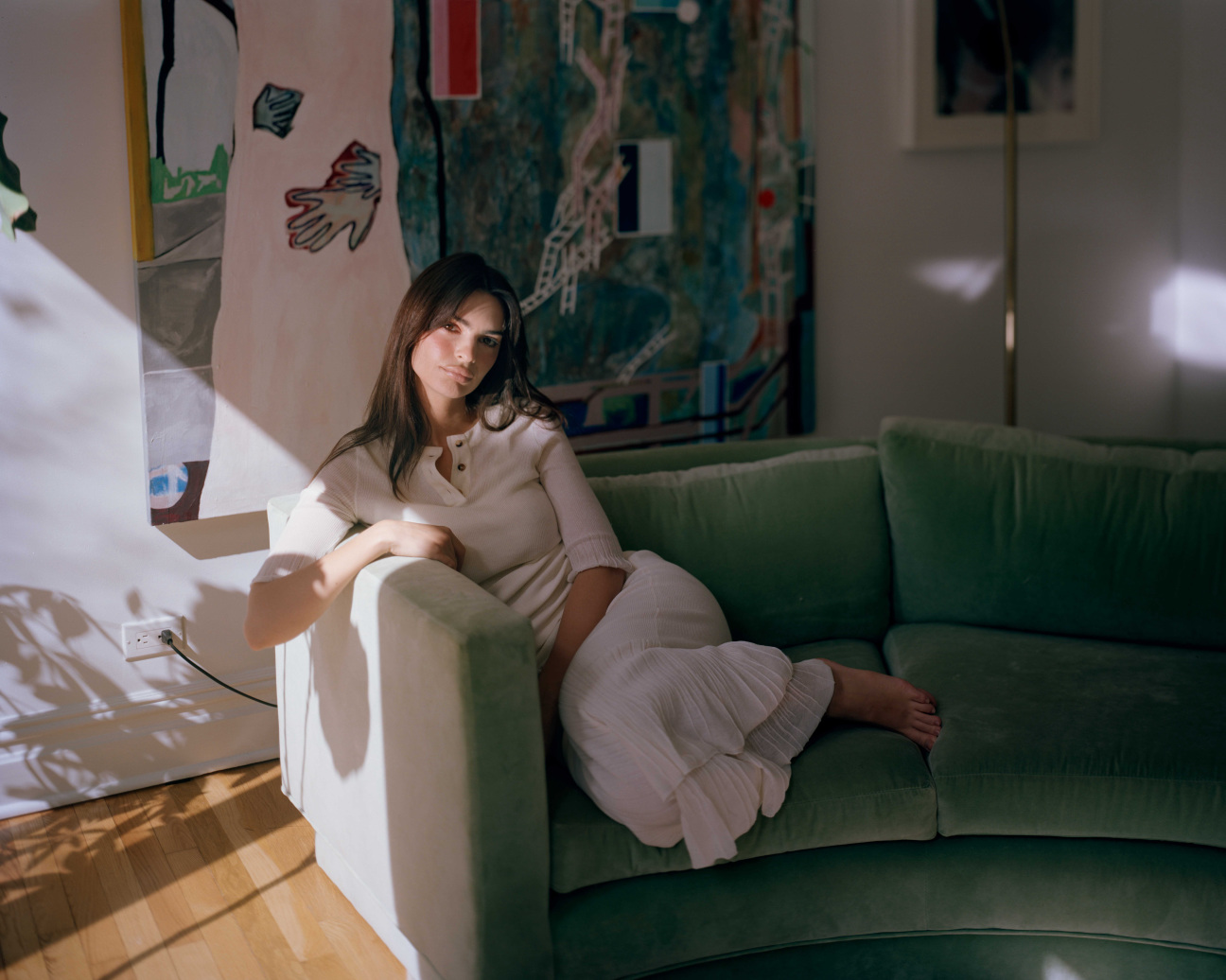
John: When I was young, I used to wonder, If you’re very rich and you can afford an Edgar Degas, is it your responsibility to let the world see it? Or can you just lock it up in your house? There are always questions about what is public and what is private—what responsibility do we have to make things accessible?
Emily: It’s often very unfair who gets the credit, especially when people are trying to live off of it. It’s a question that I don’t have the answer to, but I have found that marginalized people and women are often the last people to get the credit they’re due.
John: I think you’re right. Emily, when you moved [from California to New York], you did something that I really loved. You had a painting made of your mother and me, and that’s how you’ve connected Sly to us—“This is your grandfather; this is your grandmother.”
Emily: It was done by Michael Harnish, who went to Laguna College of Art and does these really masterful portraits. He came to your house—which, as you know, is an artwork in itself—and was blown away.
John: There’s a collage in your house that I made of my father back when he was my age. It was a long time ago, but now I’ve grown to look like him. When I walked into your house the other day, Sly pointed it [out] to me like, “Hey, that’s you.”
Emily: That was so crazy. It’s become a multigenerational piece.



John: He makes these connections through the paintings on the walls, which I think is a really good educational practice.
Emily: It reminds me of what you did every year for my birthday when I was younger. I’d choose two animals, and you’d make me themed paintings. “Cows and owls” was one. This year, you continued that tradition for Sly—you made a collage of dogs for his birthday. He’s so into it.
John: Kids gravitate toward what they see, and so far he’s been surrounded by art. That doesn’t mean he’s going to be an artist, but he will grow up understanding it and appreciating it. When you were growing up, I used to tell you to fall in love with something—not with a person, that’s going to happen on its own—but with a process. Whether it’s making or building, don’t just do it. Fall in love with it. I think you’ve done that throughout your life. I’m not so much a part of that process now—I’m more of a voyeur. But I’m very pleased that there is love in it. That’s all I wanted for you.
Styling by Tom Grimsdell
Styling Assistance by Tallulah Madden and Verity Azario
Casting by Jill Demling










 in your life?
in your life?

